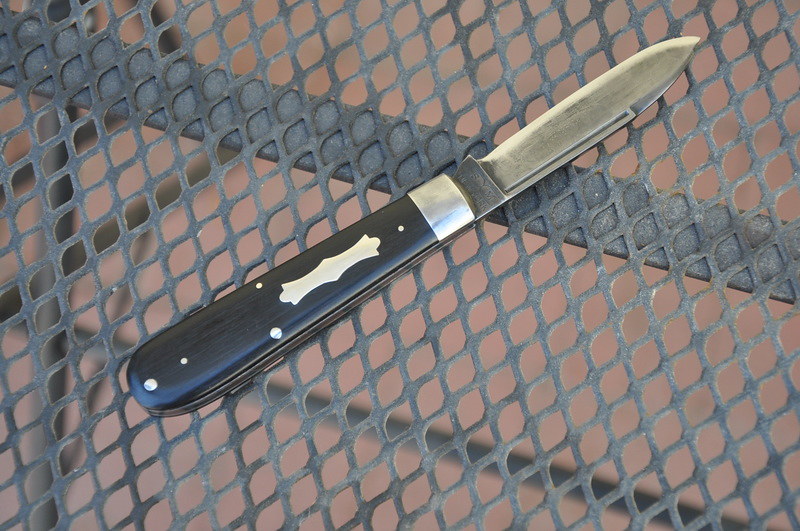I know this is not the maintenance forum but i thought this thread belonged here.
I'm just getting started with freehand sharpening and while the 1000 grit japanese waterstone I ordered is still in the mail I've been practicing with a 20 years old SAK on a cheap no brand waterstone.
I don't worry too much about precise angles and just try to maintain the knife's original bevel ( which is pretty hard to do on such small knives). Although i managed to grind a decently consistent bevel, It ended up much wider than the original (like the bevels on bigger modern folders).
Since almost all of my knives are small traditional slipjoints, with tiny bevels, my question is: Is there a technique to avoid widening the bevels so much on SAK's and others small traditionals?
I'm just getting started with freehand sharpening and while the 1000 grit japanese waterstone I ordered is still in the mail I've been practicing with a 20 years old SAK on a cheap no brand waterstone.
I don't worry too much about precise angles and just try to maintain the knife's original bevel ( which is pretty hard to do on such small knives). Although i managed to grind a decently consistent bevel, It ended up much wider than the original (like the bevels on bigger modern folders).
Since almost all of my knives are small traditional slipjoints, with tiny bevels, my question is: Is there a technique to avoid widening the bevels so much on SAK's and others small traditionals?



